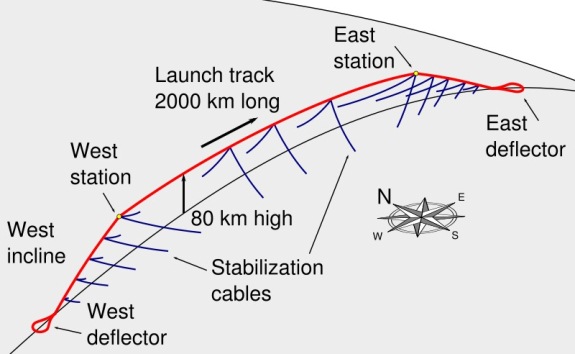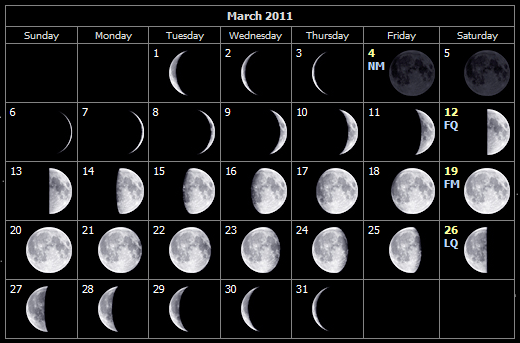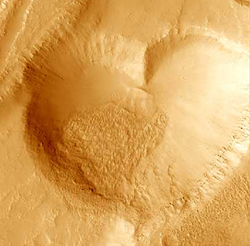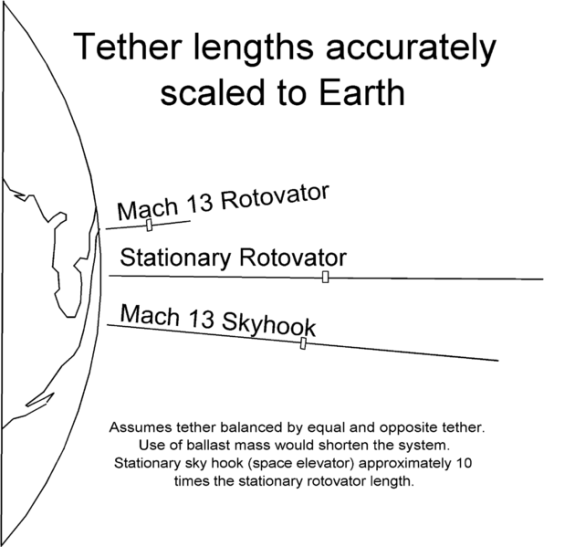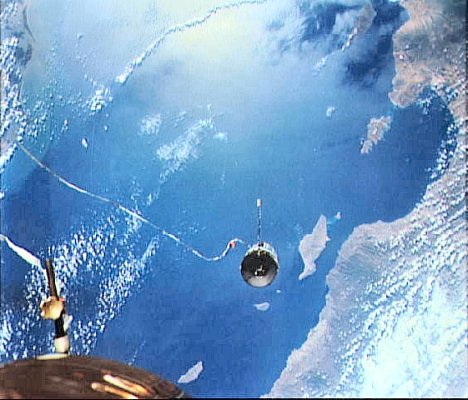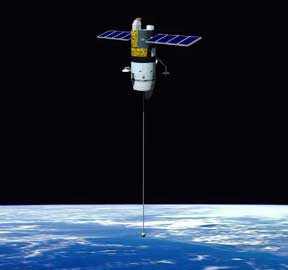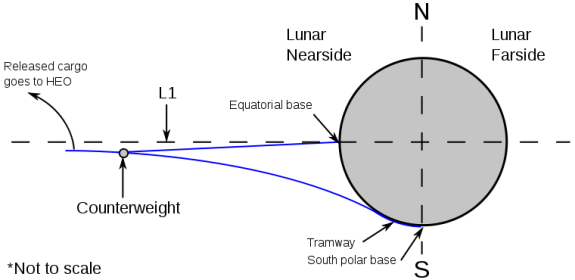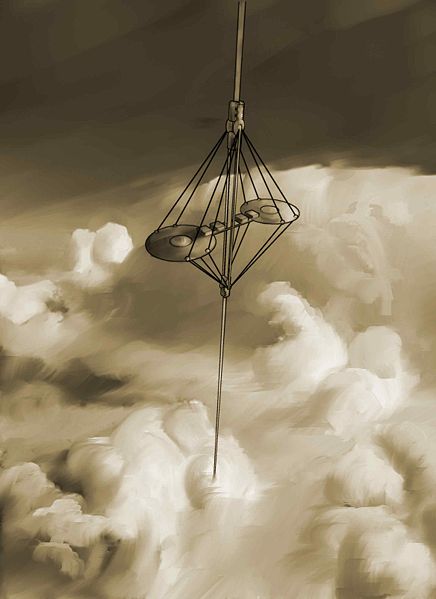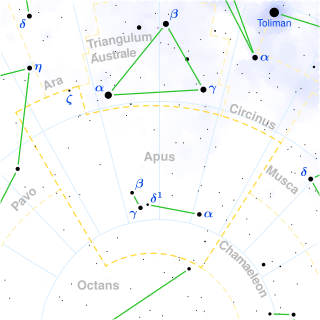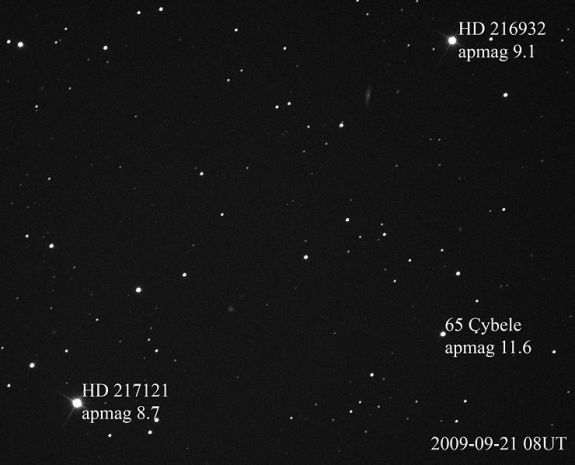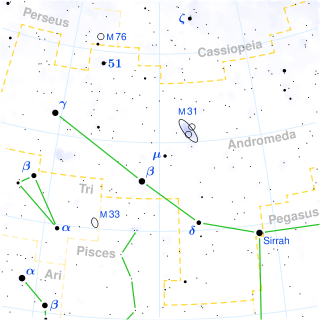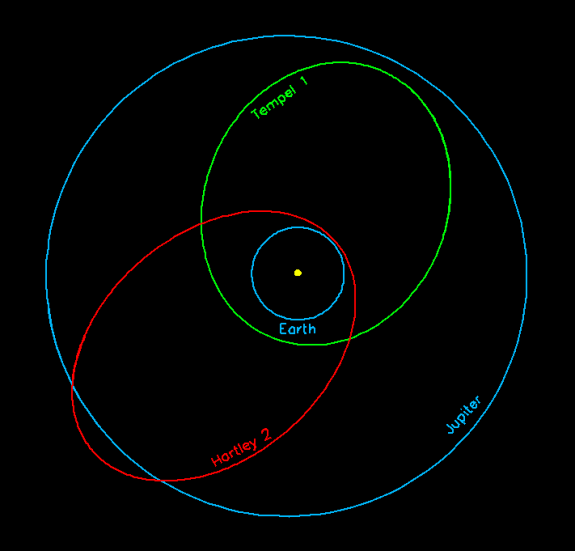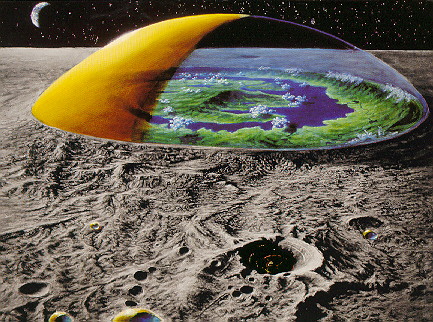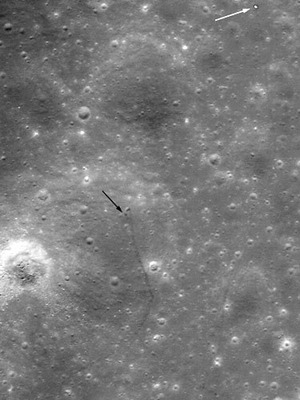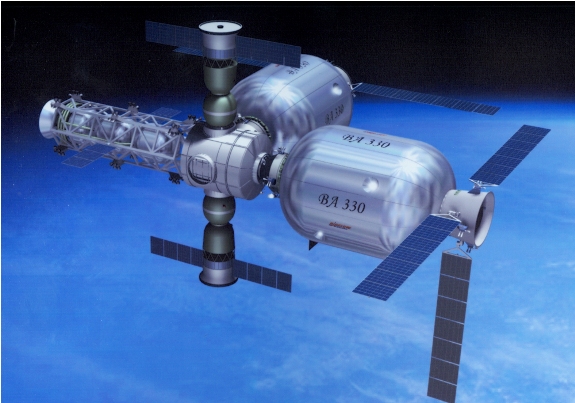Non-Rocket Spacelaunch – Advantages and Difficulties of a Launch Loop
Unlike conventional rockets, launch loops can have many launches per hour, independent of weather, and are not inherently polluting. Rockets create pollution such as nitrates in their exhausts due to high exhaust temperature, and can also create greenhouse gases depending on propellant choices. Launch loops require power in the form of electricity and as such it can be clean.
Monthly Stargazing Calendar for March 2011
This month, on the 20th, an equinox will occur. The Sun will shine directly on the equator and there will be nearly equal amounts of day and night throughout the world.
Cosmic Hearts
I hope you all had a happy Valentine's Day! :) Here are some pictures of cosmic hearts: A heart-shaped crater on Mars captured by the Mars Orbiter Camera onboard the Mars Global Surveyor. A heart-shaped Nebula, called W5, located 6000 light years away in the constellation of Cassiopeia.
Non-Rocket Spacelaunch – Launch Loop
A launch loop (also known as a Lofstrom loop) is a proposed design for a very efficient non-rocket spacelaunch method. It is a much simpler concept than the space elevator, but still more complex than tether propulsion systems such as the rotovator.
Non-Rocket Spacelaunch – Tether propulsion in fiction
This is the fourth and final part of the tether propulsion article of the non-rocket spacelaunch methods article series. This post will focus on references to the tether propulsion concept in fiction. The most prominent science fiction novels on the subject include the following.
Non-Rocket Spacelaunch – Tether propulsion safety issues
The use of tethers in space poses many challenges and safety issues. This third part to the tether propulsion article will focus on those issues. A lot of the challenges and safety issues of a space tether system are similar to those of a space elevator described in a previous article, but some are unique to the space tether concept.
Non-Rocket Spacelaunch – Tether satellite missions
This is the second part to the article about tether propulsion. It will focus on space missions that tested tethers in space. The first such mission took place in 1966. Gemini 11 deployed a 30m tether connecting it to the Agena target vehicle. It created a small amount of artificial gravity (0.00015 g) by spinning the two spacecraft.
Non-Rocket Spacelaunch – Tether propulsion
Tether propulsion consists in using long, very strong cables (known as tethers) to change the velocity of spacecraft and payloads. The tethers may be used to initiate launch, complete launch, or alter the orbit of a spacecraft. This form of propulsion would be significantly less expensive than spaceflight using modern rocket engines.
Non-Rocket Spacelaunch – Space Elevators in Fiction
This is the fourth and final part of the space elevator article of the non-rocket spacelaunch methods article series. This post will focus on references to the space elevator concept in fiction. The first mention of anything remotely similar to a space elevator was the beanstalk in the children's fairy tale called Jack and the Beanstalk, published in 1807.
Non-Rocket Spacelaunch – Extraterrestrial Space Elevator Concepts
Space elevators, a futuristic concept, could be adapted for various celestial bodies: Mars, the Moon, and even asteroids, they promise a revolution in space access.
Non-Rocket Spacelaunch – Space Elevator Safety Issues
The space elevator is a gigantic concept and as such it has many safety issues that would have to be resolved before construction begins. A space elevator would present a navigational hazard, both to aircraft and spacecraft.
Non-Rocket Spacelaunch – Space Elevator
Why non-rocket spacelaunch? Because the current chemical rockets are really expensive. In order to further explore outer space and establish a permanent human presence in space we need more cost efficient spacelaunch methods.
Apus Constellation
Apus is a faint constellation in the southern sky. Its name means “no feet” in Greek and it represents a bird-of-paradise, which were once believed to have no feet. It was one of the twelve constellations created by Petrus Plancius in the late 16th century. The first known depiction of the constellation in a celestial atlas was in Johann Bayer’s Uranometria of 1603. Bird-of-Paradise after which the Apus constellation was named. Credit & Copyright: Roderick Eime. For more constellations see the Constellations Guide.
Introduction to Astronomy – Apparent magnitude
Yesterday I have used the term “apparent magnitude” in my article about the Antlia Constellation. Since some of you may be new to astronomy, I decided to start a new series of articles to introduce you to the topic. Each article of the series will focus on one scientific term used in astronomy. The series will not be a regular one: I will only write an article after using a complicated astronomy term that some of you would need me to explain. Definition The apparent magnitude (noted as m) of a celestial body is a measure of its brightness as seen by an observer on Earth. Since the apparent brightness…
Antlia Constellation
Antlia is a constellation in the southern sky and therefore has been unknown to the ancient Greeks and Romans. Its name means “pump” and it specifically represents an air pump. It was created by the French astronomer Abbé Nicolas Louis de Lacaille, who created fourteen constellations for the southern sky to fill some of the faint regions. He originally named it Antlia pneumatica to commemorate the air pump invented by the French physicist Denis Papin. It was later adopted by the International Astronomical Union as one of the 88 modern constellations under the shortened name of Antlia. Main Stars and Deep Sky Objects The Antlia constellation has no bright stars.…
Andromeda Constellation
Andromeda is a constellation in the northern sky. It was one of the 48 constellations listed by the 2nd century astronomer Ptolemy, and it remains one of the 88 modern constellations today. The Andromeda Galaxy is named after the constellation, as it appears within its boundaries.
Hartley 2 Comet
Comet Hartley 2 has made it to the news recently: first because of the comet's flyby near Earth and then due to it being visited by the Deep Impact spacecraft.
An Artist’s Vision of a Future Colony on the Moon
Some time ago, I stumbled upon an amazing painting by Marshal T. Savage depicting his vision of a future colony on the Moon. It’s the same Copernicus Crater, except it’s domed over and terraformed to create an ecosphere. At first I thought that this was really cool, but it would be impossible to build such a gigantic structure. (The crater has a diameter of 93 kilometers!) However after giving it some thought I changed my mind. If it was built with a material strong enough like carbon nanotubes, it could in theory be built. While such as structure would be impossible on Earth, the Moon has a gravity six times lower, which…
Rover Spotted On The Moon
The Russian Lunar rover Lunokhod 2 was recently spotted on the Moon’s surface. As shown in the photo below, the black arrow indicates where the tracks begin, while the white one shows the resting place of the rover. The arrows were placed by Phil Stooke, geography professor at University of Western Ontario. Richard Garriott, a successful video game developer and one of fewer than 10 private citizens to travel into space is the current owner of Lunokhod 2. He acquired it for over $68,500 when it was listed for sale in 1993 Sotheby’s auction. After seeing those findings, he mentioned plans to go see the rover from lunar orbit, or…
Inflatable Space Stations
NASA is considering the use of inflatable modules for the International Space Station (ISS). This idea has been proposed as early as in the 1960s, but it has never been put to use in space until Bigelow Aerospace took over the idea and developed two working prototypes and tested them in space.

